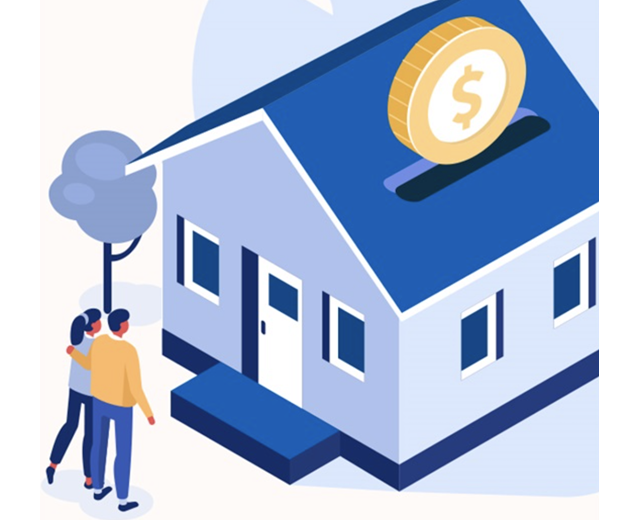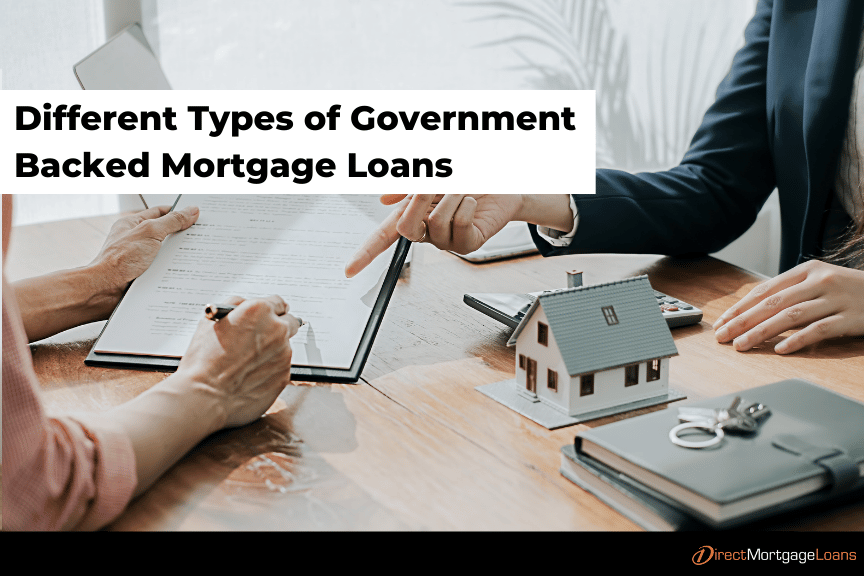Conventional Mortgage Loans: Flexible Funding Solutions for Your Dream Home
Conventional Mortgage Loans: Flexible Funding Solutions for Your Dream Home
Blog Article
The Essential Variables to Think About When Choosing Between Fixed-Rate and Adjustable-Rate Home Mortgage Car Loans
When reviewing mortgage options, debtors encounter an essential decision in between adjustable-rate and fixed-rate lendings, each providing unique advantages and potential pitfalls. Key considerations such as rate of interest security, predictability in month-to-month repayments, and the implications of prospective rate adjustments can dramatically influence long-lasting economic health. Moreover, understanding the anticipated period of homeownership and the overall price of loaning can form one's approach. As these elements intertwine with specific economic circumstances and run the risk of tolerance, the implications of this choice might not be as uncomplicated as they seem. What nuances should be focused on in this critical decision-making procedure?
Rate Of Interest Security
When choosing a mortgage, recognizing rate of interest stability is crucial for notified decision-making. Rate of interest can dramatically affect the total cost of a home mortgage, and recognizing the nature of these rates is necessary for borrowers. Fixed-rate home loans offer the advantage of regular monthly repayments over the life of the funding, securing customers from market changes. This security enables house owners to intend their finances with higher assurance, as they will certainly not be affected by rising rate of interest.
On the other hand, variable-rate mortgages (ARMs) start with reduced initial rates that may alter regularly based upon market conditions. While this can lead to lower payments at first, it likewise presents unpredictability, as customers may deal with boosted settlements if interest rates rise. For those thinking about an ARM, it is important to evaluate the possibility of rate changes, the potential for settlement rises, and the size of the preliminary fixed-rate duration.
Eventually, the choice between fixed-rate and adjustable-rate mortgages rests on private danger tolerance and financial situations. Comprehending rates of interest security assists customers make informed choices that straighten with their long-lasting financial goals.
Month-to-month Settlement Predictability
While debtors commonly prioritize rate of interest stability, the predictability of monthly settlements is just as vital in the home mortgage selection procedure (Conventional mortgage loans). Month-to-month settlement predictability plays a crucial role in budgeting and financial planning, as it straight influences a property owner's capital and total monetary health
Fixed-rate mortgages supply a constant monthly settlement throughout the life of the finance, enabling consumers to prepare for and plan their expenditures successfully. This security can be particularly advantageous for first-time property buyers or those on a fixed earnings, as it gets rid of the unpredictability connected with rising and fall settlements.
Conversely, adjustable-rate home mortgages (ARMs) generally feature lower preliminary settlements that can alter in time, resulting in prospective variability in regular monthly commitments. While at first enticing, this changability can complicate economic preparation, particularly if consumers do not account for future rate adjustments.
Possible Price Modifications
In the realm of variable-rate mortgages (ARMs), potential rate adjustments represent a substantial factor that borrowers should very carefully take into consideration. Unlike fixed-rate mortgages, where the rates of interest remains the same for the life of the financing, ARMs are characterized by fluctuating rate of interest that are connected to market indices. This irregularity can bring about substantial changes in regular monthly settlements, impacting the customer's economic planning and budgeting.
Borrowers have to be conscious of the margin and index used to compute these modifications, as they directly affect future interest prices. Furthermore, ARMs often consist of caps that limit just how much the passion rate can raise news at each modification and over the life of the funding, which can provide some degree of security against drastic rate hikes.
Recognizing these prospective modifications is essential for consumers, as they directly influence long-term repayment obligations. As a result, evaluating individual financial circumstances and take the chance of tolerance is crucial when making a decision whether an ARM aligns with one's monetary objectives.
Funding Term Factors To Consider
Funding term factors to consider play a crucial duty in the decision-making process for customers picking between fixed-rate and adjustable-rate home mortgages. The length of the finance term significantly impacts monthly payments, rate of interest prices, and general monetary preparation.

Ultimately, consumers have to examine their personal circumstances, economic objectives, and market conditions when weighing the implications of funding term options within each mortgage type.

General Cost of Loaning
Fixed-rate home loans browse this site supply foreseeable monthly repayments, as the passion rate continues to be constant throughout the finance term. This predictability can lead to reduced overall costs, particularly in a secure or decreasing passion rate atmosphere.
On the other hand, adjustable-rate home mortgages (ARMs) usually begin with reduced first prices, resulting in decreased in advance prices. These rates can boost after an initial duration, leading to potentially greater long-term expenses. Consumers must take into consideration the frequency and degree of rate modifications, along with the total car loan duration, to precisely evaluate the financial implications.
Furthermore, the overall cost of loaning incorporates not only passion prices yet additionally costs and other associated prices, such as closing prices and insurance policy (Conventional mortgage loans). When assessing mortgage choices, customers should perform an extensive cost evaluation over the life of the funding. By doing so, they can make an educated choice that lines up with their financial goals and take the chance of resistance
Verdict
Interest price stability and monthly settlement predictability are critical for efficient budgeting, while the potential for price adjustments in ARMs introduces monetary uncertainty. Furthermore, the anticipated duration of homeownership and the total price of loaning, including rate of interest rates and associated costs, must align with individual financial situations and run the risk of tolerance.
Key considerations such as rate of interest rate stability, predictability in monthly payments, and the implications of potential rate adjustments can substantially affect long-lasting monetary my review here health. Interest rates can significantly influence the total price of a home loan, and acknowledging the nature of these prices is necessary for customers. Unlike fixed-rate mortgages, where the interest price continues to be the same for the life of the finance, ARMs are defined by changing interest prices that are linked to market indices. Furthermore, ARMs typically include caps that restrict exactly how much the interest price can enhance at each adjustment and over the life of the loan, which can provide some degree of security against radical price hikes.
Passion price stability and monthly settlement predictability are extremely important for efficient budgeting, while the potential for price modifications in ARMs introduces economic unpredictability.
Report this page